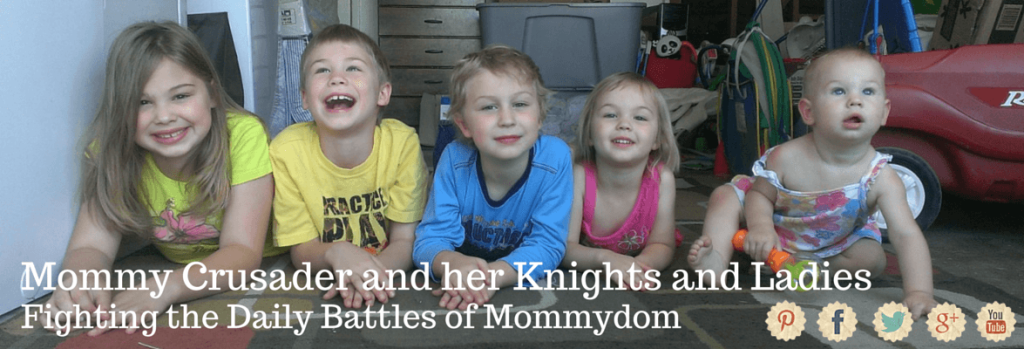The next step in novel writing is to define the main characters in the story. This is important because the author needs to know the characters in the book. Knowing and understanding the main characters from the beginning of the book helps the author write the characters so that they are consistent throughout the entire book. This section of my summer writing intensive for novel writing: character development.
Objective 1: Help the children develop the characters in their story.
Objective 2: Clarify the roles and attitudes the characters will be playing in the story.
Materials:
One copy of the Protagonist Character Development page for each main character in the novel the child is writing, available here.
One copy of the Antagonist Character Development page for each main antagonist in the novel the child is writing, available here.
Scratch paper for each child
Writing instrument for each child
Previously filled out plot outline worksheet
Method:
Begin by discussing the importance of character continuity – meaning that characters need to act and speak in a consistent manner throughout the novel. This helps the readers understand and relate to the characters, which will make the readers enjoy the story more.
Have the children look over their plot outlines and think about the characters they want to have in their story.
Next, have the children develop names for each of the main protagonist/s in the story. Have them write them down on the worksheet.
Now, have the children start to write about the characters.
Here’s a list of questions to help the young authors develop their characters more:
Is the character a boy or a girl?
What’s the name?
What color is the character/s hair/eyes/skin?
What are the interests of the character?
Where is the character from?
How old is the character?
How tall is the character?
What are the character’s weaknesses?
What are the character’s strengths?
What does the character believe about right and wrong?
Does the character have a family? Brothers? Sisters?
Is the character close to his/her family? Why?
Once the children have answered all the questions about their characters, have them write a paragraph or so about each character – basically a character sketch. It’s often useful to have the children draw a sketch of what each character looks like to go along with the paragraph describing the characters.
After the children are done creating their protagonist/s, it is time to create the antagonist. Explain to the children that every story needs a problem and a bad guy, and though it might seem hard to create, the bad guy is just as important to the story as the hero.
Have them work on answering the same questions they answered for the protagonist/s, with the following additions:
What makes this character the “bad guy”?
What is s/he trying to do in the story?
Why is that his/her goal?
How will his/her goal be resolved?
What will happen to the hero/s when this character’s goals are resolved?
Again, having the children draw a quick picture of the bad guy will help to solidify this character in the mind of the author.
This process of defining characters takes a long time. We took three 30 to 40 minute sessions on this activity. My fifth grader enjoyed getting to know her characters and imagining how they spoke, looked, and acted.
